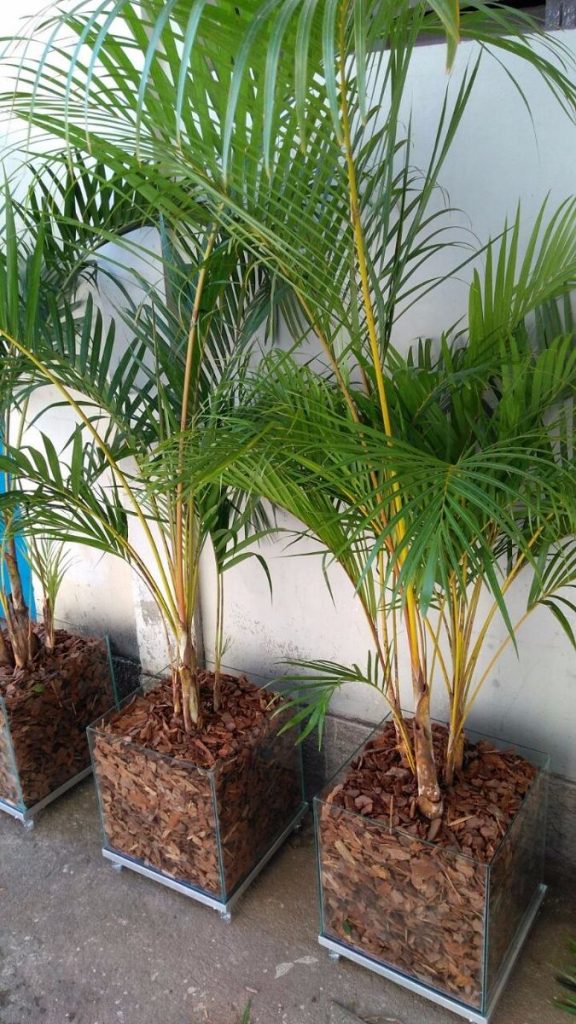Plants that help improve the air quality
Did you know that some indoor plants can produce chemical compounds (along with oxygen), that are proven to improve your quality of health in indoor environments without harming cats or dogs?
Around the world, there are plants that not only produce oxygen but can also filter the volatile organic compounds indoors. These compounds can irritate the respiratory system and, in a worst-case scenario, severe diseases since they have carcinogenic properties.
Apart from being a relatively cheap alternative, plants can also naturally adjust the humidity and reduce noise pollution, bringing comfort to those indoors. Studies also show that having plants in workspaces or offices can reduce up to 60% of the work absentees caused by health problems.
Here is a list of the leading chemical compounds that plants can filter as well as their sources and good impacts on health
– Benzene, toluene, xylene : present in external environmental pollution and also used in solvents. They are suspected of carcinogenic properties.
– Hexane : can be derived from plastic finishes and is responsible for moderate nervous system symptoms such as dizziness and headaches.
– Styrene : released from carpets and certain floor materials, long-term exposure to high concentrations can cause nervous system changes, including fatigue, headache, and dizziness.
– Formaldehyde : present in some new finishes, paints, and carpets, may cause eye, nose, and throat irritation.
– Carbon monoxide : Gas from incomplete combustion of fossil fuels can originate from the outside environment or combustion processes (i.e., wood stoves and fireplaces) indoors. May cause irreversible damage to blood cells that carry oxygen to tissues and may be lethal in high doses.
– Trichloroethylene : used in adhesives, lubricants, paints, varnishes, paint thinners and some pesticides. Acute effects include headaches, dizziness, and drowsiness. In the long run, they can cause significant damage to the nervous system.
Plants that benefit from air quality on which no studies have been found that show any risk to animals*
– Kentia (scientific name: Howea forsteriana): This plant is a species of palm tree originally from Australia. Although it reaches about 18 meters outdoors, it can be grown indoors inside pots, reaching a maximum of 3 meters. Studies show that Kentia can reduce benzene, toluene, xylene in addition to hexane.

– Dwarf palm (scientific name: Phoenix Roebelenii). This small palm tree, originally from Japan, can reduce formaldehyde and toluene.

– Areca-bamboo (scientific name: Dypsis lutescens). Originally from Africa, it is one of the most popular small palm trees in the world. It is capable of reducing acetone, formaldehyde, and toluene.

– Chlorophyte (scientific name: Chlorophytum comosum). Also originating from Africa, this small plant is capable of removing formaldehyde, benzene, carbon monoxide, and xylene from the environment.

– Bamboo (scientific name: Chamaedorea elegans). Midsize, in addition to bringing a tropical climate to the residence, can reduce formaldehyde, benzene, and trichloroethylene.

– Gerbera (scientific name: Gerbera jamesonii). Small in size, this daisy-like plant can reduce formaldehyde, benzene, and trichloroethylene.

*For pet owners, consult your pet’s veterinarian to find out if the desired plant is toxic, as he is the most qualified professional to provide this information.


